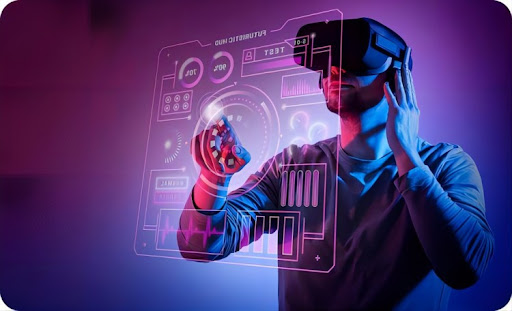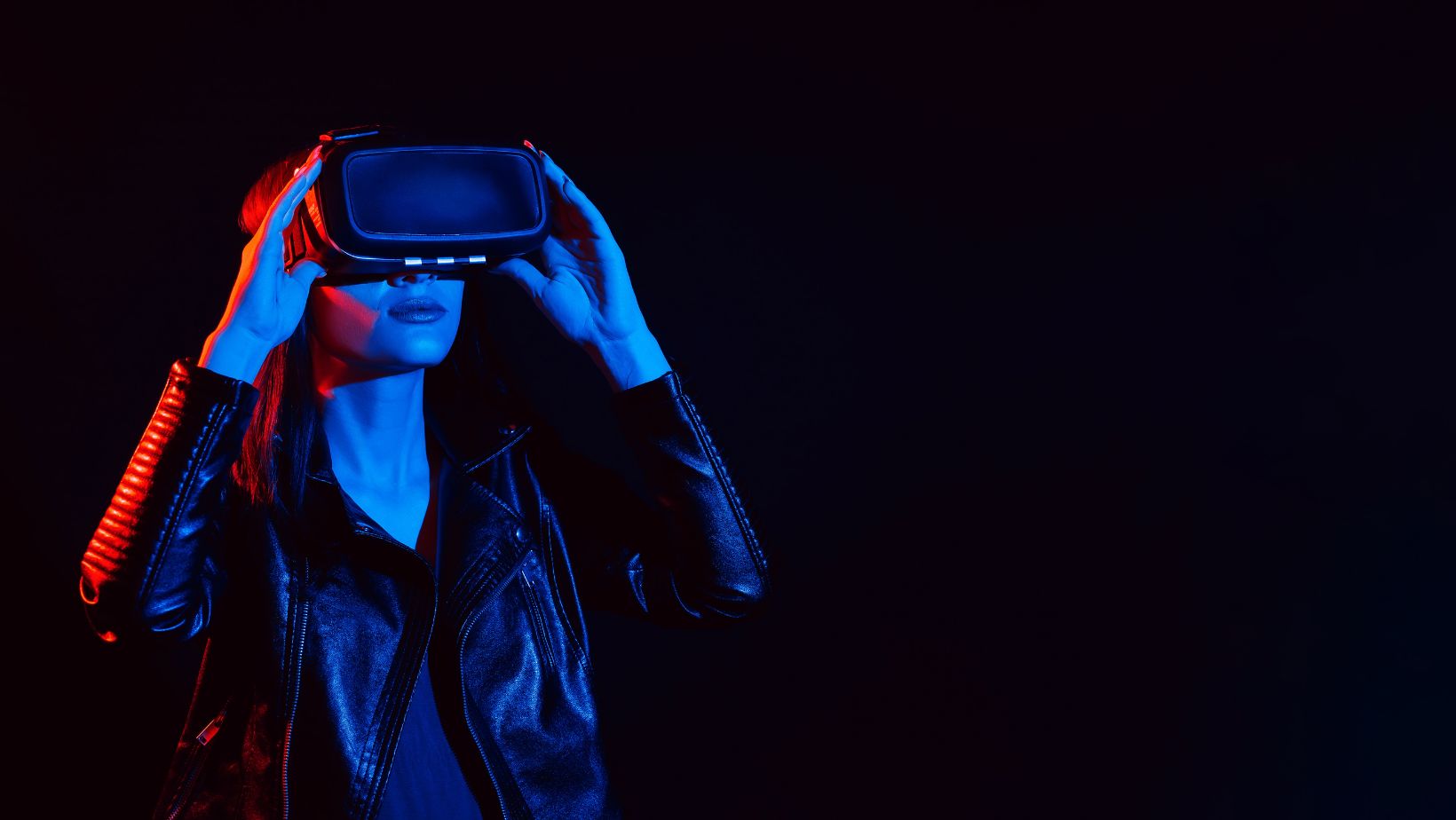Technological innovations are actively transforming many areas of our lives, and education is no exception. Modern educational institutions are increasingly using advanced technologies such as Virtual Reality (VR) and Augmented Reality (AR) to enhance the learning process. These technologies open up new horizons for students and teachers, making learning more interactive, engaging, and accessible. Much like other sectors, such as online gaming and betting, where companies like Parimatch are actively implementing innovative solutions to improve user experience, education is also beginning to use cutting-edge technologies to transform traditional teaching methods. In this article, we will explore how VR and AR are influencing educational technologies and what opportunities they offer for both students and educators.
1. What are Virtual and Augmented Reality?
Virtual Reality (VR) is a completely artificial, computer-generated environment that users interact with via specialized equipment such as VR headsets. VR allows users to immerse themselves in any environment, even fantastical ones, which are perceived as real.
Augmented Reality (AR), unlike VR, overlays digital elements (such as images, text, or 3D objects) onto the real world through devices like smartphones, tablets, or AR glasses. This allows the creation of additional layers of information that enrich the perception of the surrounding environment.
2. How are VR and AR Used in Education?
2.1. Immersion in the Learning Process
One of the biggest challenges in traditional education is that complex concepts and theories are often difficult for students to grasp, especially when it comes to subjects requiring visualization. Virtual reality helps overcome this problem. For example, students can “dive” into human anatomy, being inside the human body and observing how organs function, or travel through historical events in real-time rather than just reading about them.
2.2. Remote Learning with VR and AR
With the development of remote education, VR and AR are becoming essential tools for creating interactive, multi-sensory learning materials. Students studying online can now not only listen to lectures or read materials but also participate in virtual field trips, laboratory work, or simulate processes that were previously available only in the classroom.
2.3. Practical Application of Knowledge
AR and VR open up new horizons for vocational education and practical training. Virtual simulations give students the opportunity to practice skills that are difficult or impossible to develop in real life. For example, future surgeons can practice in a virtual operating room, while engineers can test designs in various conditions without the risk of destruction. This is especially important in fields such as medicine, aviation, architecture, and many others.
3. Advantages of VR and AR in the Educational Process
3.1. Engagement and Motivation
One of the main advantages of these technologies is the increased level of student engagement.
Immersion in virtual worlds makes learning more fun and interesting, helping to maintain high motivation. Students can actively interact with content, which promotes better retention of information.
3.2. Accessibility and Inclusivity
VR and AR can make education more accessible to students with disabilities. For example, students with physical limitations can now attend virtual field trips or conduct experiments that would otherwise be unavailable to them. Additionally, there are special applications for people with visual or hearing impairments that make information accessible through tactile or visual means.
3.3. Safety
In some areas of education, such as medicine or chemistry, the use of VR and AR eliminates risks associated with hands-on activities. Students can learn to use complex tools and chemicals without danger to themselves or others.
4. Examples of Successful Use of VR and AR in Education
Medicine: Virtual reality is used to create surgery simulations, allowing healthcare workers to train without real risks. The company Osso VR offers virtual simulators for surgeons, where they can practice performing surgeries on patients.
Geography and History: With AR, students can “visit” ancient civilizations or natural disasters, as well as explore geographical and historical events more deeply through interactive models and mapping.
Engineering and Architecture: Students can use AR and VR to model and check construction projects, evaluating them from different angles, including the design stage.
Language Learning: With VR, an environment can be created where students interact in a foreign language with virtual characters in real-life situations.
5. Prospects and Challenges of Implementing VR and AR in Education
5.1. Implementation Challenges
One of the main obstacles to the widespread adoption of VR and AR in education is the high initial cost of equipment and content development. Most educational institutions have not yet developed financial models that would allow these technologies to be effectively used in mass education.
5.2. Technological Limitations
Although VR and AR technologies are rapidly developing, they still face limitations such as low screen resolution, the need for powerful computing systems, and insufficient content availability. However, with the development of technology, these issues are gradually being addressed.
5.3. Psychological Aspects
Long-term use of VR may affect students’ mental health, for example, causing feelings of isolation or disruptions in reality perception. This requires a careful approach to integrating VR into the educational process, ensuring a balance between the virtual and real worlds.
Conclusion
Virtual and augmented reality technologies have enormous potential to change the educational process. They help create more interactive, engaging, and effective ways of learning, which is especially important in today’s world, where traditional methods no longer always meet the demands of students and educators. Despite existing challenges, the future of these technologies in education looks promising. With each passing year, VR and AR are becoming more accessible, and their implementation will continue to transform education, opening new horizons for students around the world.



More Stories
Ahqwcz: An In-Depth Exploration
How to Find a Valid Roobet Promo Code: Tips for Free Spins & Bonuses
Breaking the Stereotype That iGaming Is a Place for Men